Agronomy
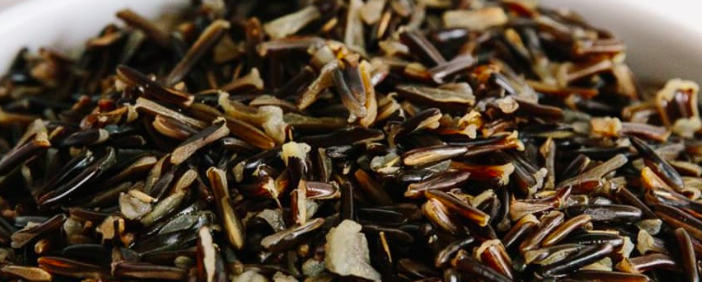
All about “Wild rice”
October 16, 2020Health profile Wild rice has a different botanical origin than other types of rice. Indeed, it is not exactly a variety of rice, but rather the seed of an aquatic grass plant. Found especially in the United States and Canada, wild rice has been part of the Native American diet for several centuries. Its very dark color and […]
Read More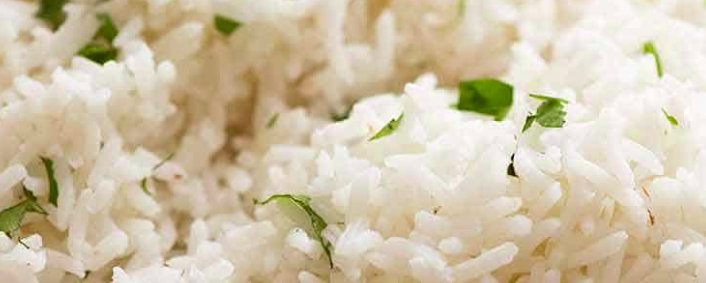
All about “Rice / Paddy”
October 16, 2020Cultivated for millennia in Asia, rice is now consumed around the world. It is the staple diet for about half of the world’s population. It is even reported that about 23% of all calories consumed worldwide come from rice. Rice characteristics: Rich in fiber; Source of group B vitamins; Source of manganese and selenium; Rich in antioxidants; […]
Read More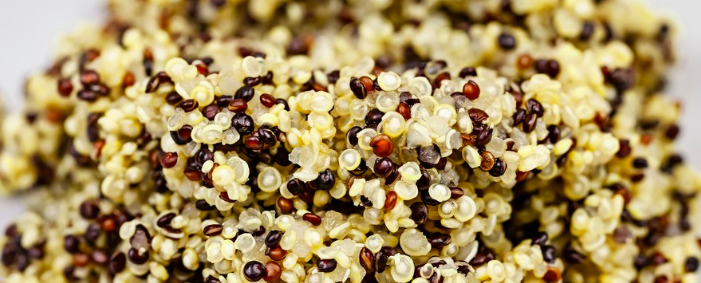
All about “Quinoa”
October 16, 2020What is quinoa? Unlike rice and wheat, quinoa is not a grass. It is a “pseudo-cereal” like buckwheat . Quinoa is the fruit of a plant in the same family as spinach and beets. The quinoa wins cooked more, it shines in your salads and if you want to eat gluten free, this is the perfect food. On the nutritional side, it contains a large amount […]
Read More
All about “Chickpea”
May 2, 2020Health profile The chickpea is a legume commonly consumed in the Mediterranean regions and that we are starting to tame here. Food with multiple possibilities, chickpea is one of the main ingredients of hummus and falafels, two traditional dishes from the Middle East that are increasingly found here. Chickpeas: understand everything in 2 min Dry chickpeas […]
Read More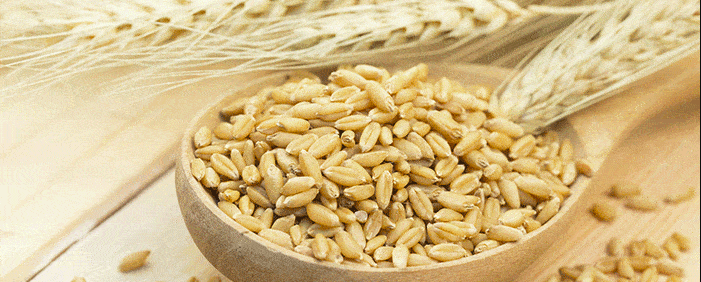
All about “Barley”, a fiber-rich grass
May 1, 2020Barley is a cereal, from the grass family, from regions with a temperate climate, cultivated for its grain, used in animal feed and for the manufacture of malt in the beer industry; the grain itself. Barley characteristics: Rich in fiber; Rich in beta-glucan; Stimulates transit; Play on satiety; Contains phosphorus and magnesium. What is barley? Barley […]
Read More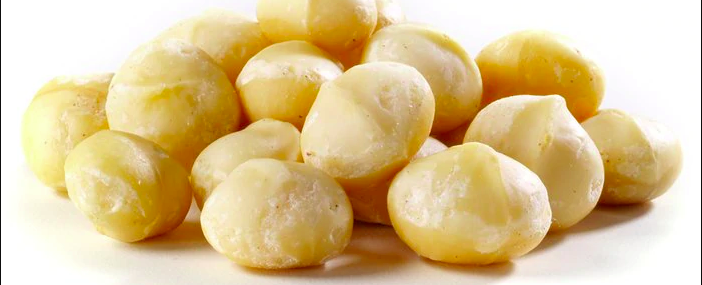
All about “Macadamia nut”
April 30, 2020The health benefits of macadamia nuts Fight against cholesterol With a very high content of monounsaturated fatty acids, macadamia nuts will tend to lower the level of “bad” cholesterol (LDL). It will therefore be very interesting to integrate in small amounts in your diet to get its benefits. Prevents type 2 diabetes Recent scientific studies have […]
Read More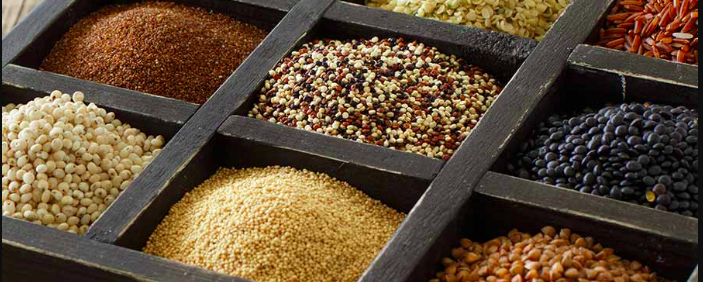
All about “Millet”, wheat substitute?
April 30, 2020Millet is a cereal native to Africa that is still little used here, although it is more and more easily found on the market. It can replace wheat in gluten-free diets since it lacks this protein. Features of millet: Source of fiber; Source of vegetable proteins; Source of iron; Source of phosphorus; Source of magnesium. What […]
Read More
All about “Mustard”
April 30, 2020Health profile Even though it is better known as a condiment, mustard is a plant with edible seeds and leaves. Mustard belongs to the large cruciferous family, just like cauliflower, broccoli and cabbage. The best known species are white (or yellow), black and brown mustards and they are all cultivated in Canada. This fact sheet will mainly deal […]
Read More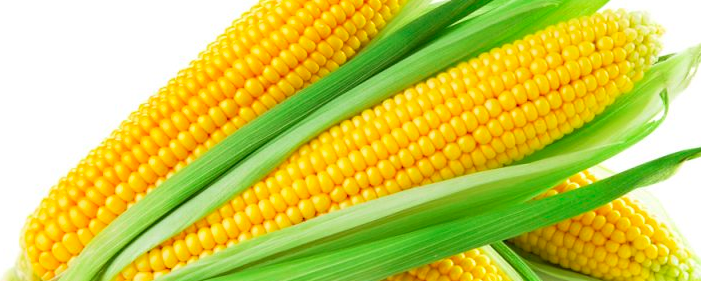
All about “Corn / Maize”
April 29, 2020Health profile The corn is a grain native of America, used sometimes as a vegetable. Although it is part of the traditional indigenous diet throughout the American continent, it is less popular in Europe where it is more reserved for livestock. We mostly know yellow corn, but in recent years we have started to see on the shelves products […]
Read More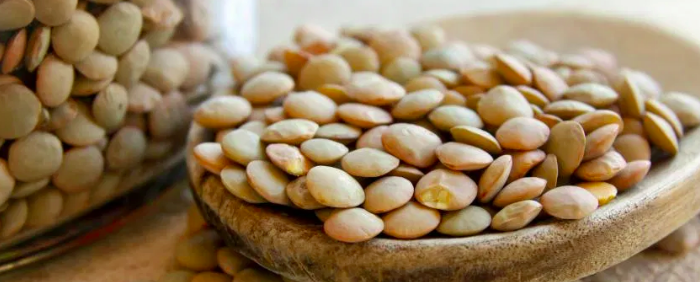
All about ” Lentils / Lens”: green, brown, coral
April 28, 2020The lentil has been part of human nutrition since prehistoric times. Enthroned among legumes with the smallest size, the lentil has the advantage of requiring a shorter cooking time than the majority of legumes. We know better the green or brown lens that we sometimes use in soups, but we also find on tablets the coral lens […]
Read More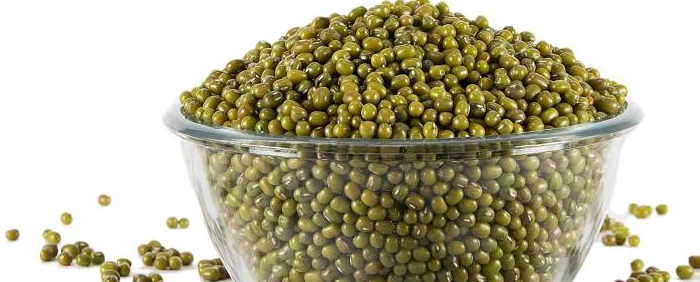
All about “Mung beans”
April 12, 2020What are mung beans? Beans have beans with long, thin and slightly hairy pods. The best known variety is green but there are more than 200 varieties of different colors. The mung bean is native to India and is widely used in Asia. It is the germ of the mung bean , commonly called bean sprout, which is part of the composition […]
Read More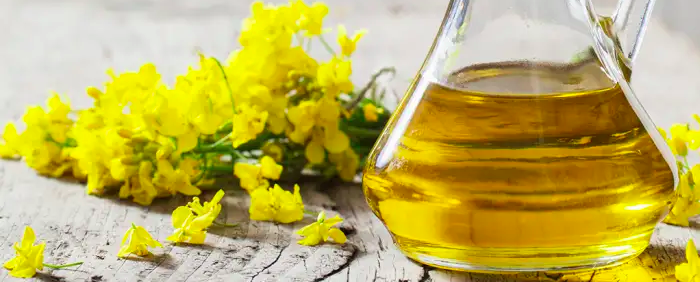
All about “Canola / Rapeseed oil”
April 12, 2020Health profile All oils are composed, in varying proportions, of three types of fatty acids: saturated , monounsaturated and polyunsaturated . They are classified according to the predominant fatty acids. Canola (or rapeseed) oil is largely made up of monounsaturated fats, known for their beneficial effects. In addition, other active compounds present in this oil can bring health benefits. Active ingredients and properties Canola […]
Read More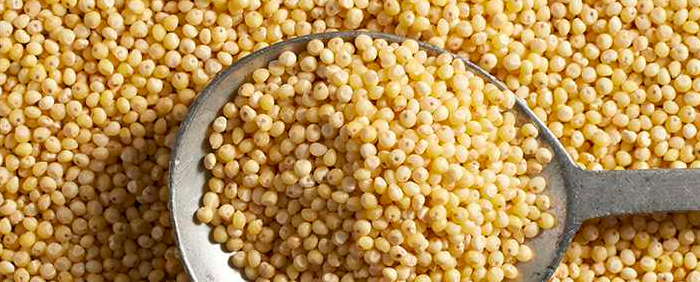
All about “Fonio”
April 3, 2020Nutritional value of fonio 50 g (1/4 cup uncooked) Calories 180 Fat 0.5 g Protein 4 g Carbohydrates 40 g Fibers 1 g Iron 0.8 mg Source: https://www.earths-goodness.com/ Fonio health profile The main feature of fonio is that it does not contain gluten. People with celiac disease or an allergy to wheat can therefore consume […]
Read More
All about “Spelt / Spelled”, a variety of wheat cereal
April 3, 2020Spelled history Spelled ( Triticum speltum ) is a variety of the wheat cereal. It has long been cultivated extensively in Europe until the 20 th century. Considered the ancestor of wheat, its yield is however very low compared to other wheat species. The grains of spelled are small, brown and strongly adhere to the outer covering of the grain compared […]
Read More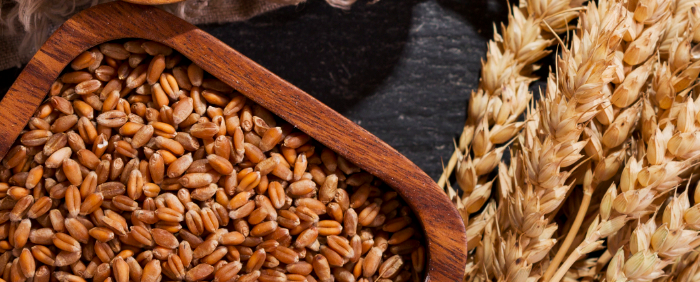
All about “Wheat”, a staple of our diet?
March 29, 2020Wheat is the staple food in many parts of the world, particularly in North America and the rest of the West. There are different varieties of wheat, but the most widely cultivated is common wheat, or soft wheat. Characteristics of wheat: Rich in fiber; Source of iron; Rich in group B vitamins; Source of vitamin E; […]
Read More